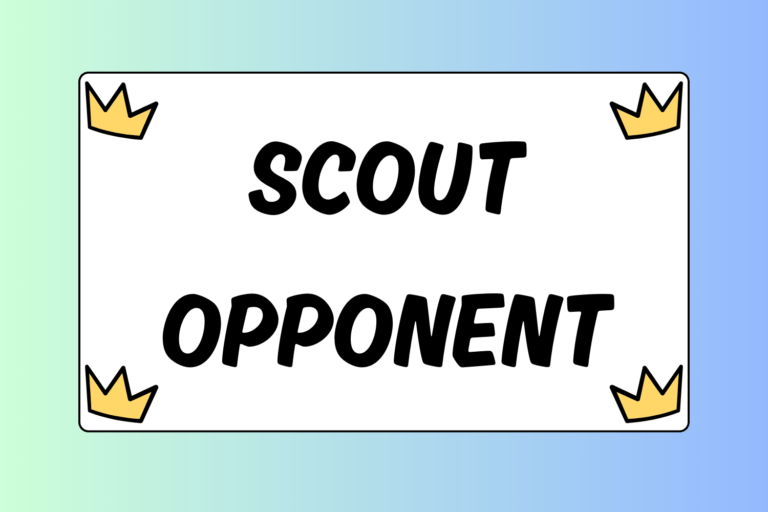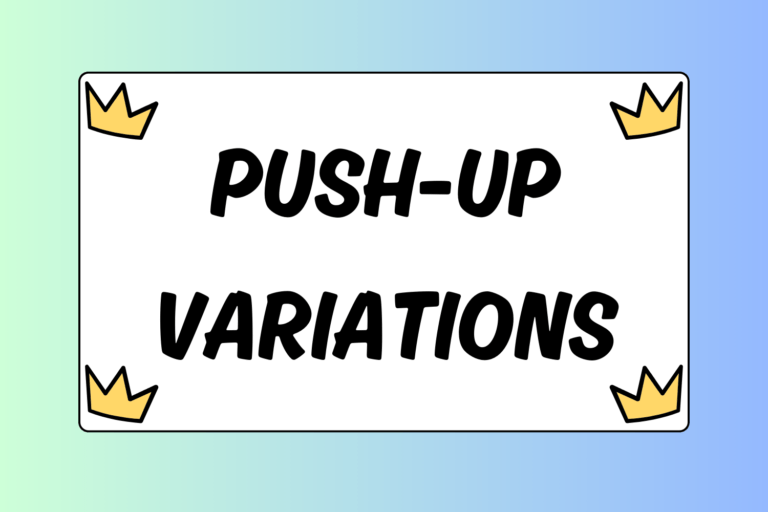Seeding, or the process of properly placing competitors in a tournament bracket, is an extremely important part of competitive wrestling. Without seeding, tournaments would be unfair and the final place winners would not always reflect the true abilities of its contestants. This guide will teach you how tournament seeding works, as well as the process and procedures that go along with it.
The Basic Idea
The general idea behind tournament seeding is simple. Essentially, the best wrestlers are separated from one another until the later rounds of a tournament — the quarterfinals, semifinals, and finals. This allows for the best possible match-ups to happen at the right time (not at the beginning of the tournament). For example, if competitors were placed in a tournament at random, there is a chance that the two best wrestlers at a particular weight could meet in the first round, rather than in the finals.
Although there isn’t necessarily anything wrong with “random draws” for some events, in the more competitive tournaments, it is fairer to the competitors if the best wrestlers are ranked or seeded.
Below you will find an example of how the top eight wrestlers would be seeded in a 16-man bracket. The position of each seed and how they are separated is almost identical to how they would be in most brackets, regardless of size.
Hot Tip: Seed Positions
Generally speaking, wrestlers are seeded from one to eight. The “first seed,” or “top seed,” is considered to be the best wrestler. Smaller tournaments often choose to seed less than eight wrestlers, and larger tournaments may seed more. These seeds are typically separated from one another in the preliminary rounds, and all other wrestlers (unseeded) are usually drawn into the bracket randomly.
How It’s Done
Before every tournament, there is typically a seeding meeting that coaches attend to discuss and debate the seed of each wrestler. This is usually done immediately prior to the tournament, but is sometimes held several days before the tournament actually begins.
Sometimes a tournament director may elect to decide the seeds himself, or with the help of a “committee,” a group of other coaches or staff members. In this case, coaches will send in information to the committee prior to the tournament that details how they think their wrestlers should be seeded. This information typically includes:
- Tournament places for the current season
- Records for the current season
- Notable match-ups against wrestlers entered at the tournament
- Tournament places from the previous season, such as regional, state, and national accomplishments
Seeding Criteria
When seeding a tournament, there is often a predetermined criterion that is used to logically and fairly rank each wrestler within a weight class. Depending on the tournament, the items included in this criterion may vary. However, below you will find the criterion that is commonly used at tournaments in order of their importance:
- Returning champion: A wrestler who won a specific tournament in a previous season is typically thought to deserve the first or top seed the following season. This is especially true of regional, state, and national tournaments. For example, a state champion in 2010 would likely be seeded first at most, if not all, tournaments he enters in 2011. That is, of course, unless another wrestler has a head-to-head win over him (see below).
- Head-to-head win: Head-to-head wins provide tangible proof of why a certain wrestler should be seeded above another wrestler. This piece of criteria usually holds a considerable amount of weight when seeding wrestlers.
- Common opponent: Similar to head-to-head matches, the common opponent criterion is used when two or more wrestlers have a common opponent between them. The outcome of these matches suggests that one wrestler is “better” and should be seeded higher than the others. For example, if “Craig” beats “Jonathan,” and “Jonathan” beats “Julian,” then “Craig” should be considered as a higher rank or seed than both “Jonathan” and “Julian.”
- Tournament placings & overall record: One piece of criteria that commonly holds weight when seeding competitors is tournament places and overall season records. A wrestler who consistently places at tournaments, and also holds a winning record, is often considered for a seed. These are very important, especially when considering wrestlers with regional, state, and national accomplishments for a seed.
Seeding Formulas
Another option for tournament seeding is to use some type of seeding formula. This is most commonly used for tournaments that a wrestler must qualify for, such as regional, state, and national tournaments. When using a seeding formula, there is no debating or decisions that need to be made in order to rank wrestlers. Instead, a pre-determined “layout” is used to place wrestlers into a bracket based on their previous place at the qualifying tournament. Essentially, wrestlers who placed at the qualifier have a pre-determined place in the tournament.
For example, most state tournaments require that wrestlers qualify during sectional or regional tournaments. So, wrestlers at every weight who win the “Eastern” regional tournament will be designated a specific spot within a bracket at the state tournament, regardless of regular-season tournament placements, record, etc. The winners of the “Western” division are also given a certain position within the bracket at the state tournament. This pattern is continued, and each wrestler who qualifies for the tournament receives a predetermined spot in the tournament bracket based on his final placing during the qualifier.
There are countless formulas that can be used and all for different purposes. Choosing a formula can be very complicated, and is usually determined by a committee or governing body.
Use Your Knowledge
You should now have a better understanding of how seeding works at tournaments. With this knowledge, you will be able to help at seeding meetings or at the very least, explain this process to others. On a final note, it is important to know that seeding is essentially a guideline, and a wrestler’s seed does not always reflect his level of ability. At the end of the day, wrestlers have to prove that they are the best on the mat!





